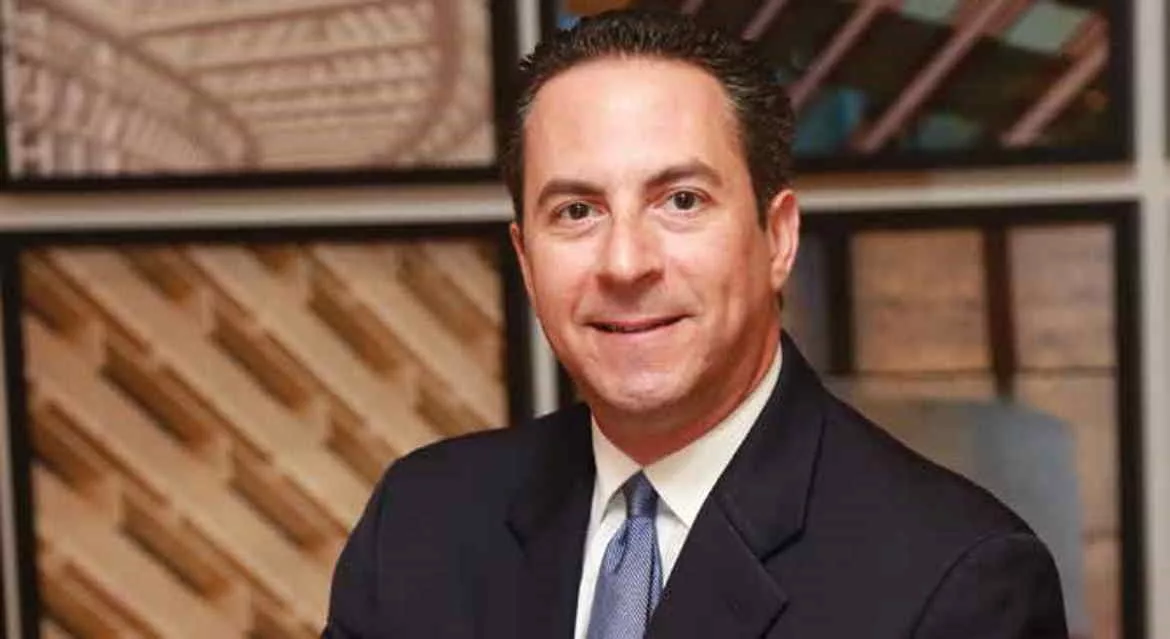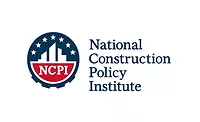IRE 2021 Session Preview: Understanding OSHA's Multi-Employer Worksite Doctrine

Philip Siegel.
In today’s fast-paced business environment, there’s no shortage of legal issues that should rise to a high level of concern for roofing contractors. In recent months, contractors have faced changes in just about everything from employee classification and healthcare, to tax regulations and contract re-negotiations due to scarce roofing materials. Still, it’s hard to trump safety as the leading cause of concern — and legal liability — that contractors have to face.
That’s largely been the focus of Philip Seigel’s career as a construction attorney for the past two decades. He will share his knowledge and first-hand experience defending and representing roofing contractors during a session at 7:45 a.m. Wednesday at the IRE in Las Vegas. His focus will be on the Occupational Safety and Health Administration’s multi-employer worksite doctrine and the unforeseeable employee misconduct defense to an OSHA citation.
IRE 2021 Legal/HR Track
Title: Understanding OSHA's Multi-Employer Worksite Doctrine and the Unforeseeable Employee Misconduct Defense
Speaker: Philip Siegel, Partner, Hendrick, Phillips, Salzman & Siegel
Date: Wednesday, Aug. 11, 7:45 a.m. to 9:15 a.m.
Location: Islander G
Claiming unpreventable employee misconduct is a pretty common defense when it comes to severe OSHA penalties. Yet there’s a catch. While OSHA’s burden is on proving the violation occurred, the employer’s focus isn’t so much on defending the violation, but rather showing the violation was due to unpreventable employee misconduct.
“This topic is particularly timely given what we can expect will be increased enforcement efforts from OSHA inspectors, who have doubled in number under the Biden administration,” said Siegel, partner at Atlanta-based Hendrick, Phillips, Salzman & Siegel.
It gets even a bit more complicated when you enter the reality of subcontractors into the mix. OSHA is not limited to penalizing just the subcontractor when a violation occurs. Regulators can cite the controlling employer, the correcting employer, and the creating employer, in addition to the exposing employer.
Siegel said he will break down the duties required of each type of employer on a multi-employer worksite, and when the subcontractor is cited as the exposing employer.
Regardless of their understanding of the law, Siegel said contractors will come away with critical information and reinforce the importance of building a strong safety culture within their company.
“A strong safety culture necessarily lends itself to a strong unforeseeable employee misconduct defense, while also avoiding liability for an OSHA citation as a controlling employer under OSHA’s multi-employer worksite policy,” explained Siegel. “I hope contractors learn that it’s not just about having a safety program on paper, but really being committed to safety with a safety program that has proven to be effective over time.”
Looking for a reprint of this article?
From high-res PDFs to custom plaques, order your copy today!






